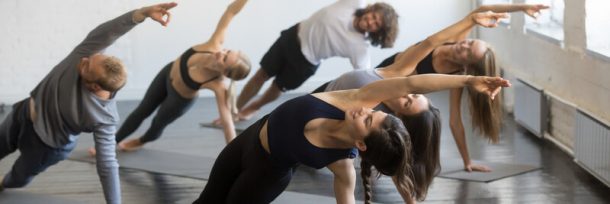Introduction to Reiki
June 30, 2022
Have you stumbled across the concept of Reiki, or perhaps had it suggested to you by friends or family members? This increasingly popular healing technique is usually grouped into the same category as New Age healing techniques, but is becoming mainstream. For some, it is a healing method that can help move energies through the body. Here is everything you need to know about Reiki.
How Does Reiki Work?
Reiki comes from the Japanese words for “universal” and “life force of all living things.” It is an eastern medicine technique that is supposed to work by moving blocks in your energy fields. Those who practice Reiki believe that everyone has energy fields within and around the body such as aura and chakras. Reiki healers move energy in the person they are healing, improving flow and often removing blocks in their energy.
Reiki is simple and non-invasive. Practitioners use no touch, or gentle touch, hold their hands near your body, or even heal from a distance without hand gestures at all. Reiki healers will focus on their healing intention while they do so. You will remain dressed during treatments and there is no use of invasive techniques.
How Much of Reiki is Evidence-Based?
Research has found that Reiki can have a positive effect on those who are treated. The strongest evidence is for its ability to reduce anxiety. There is also evidence Reiki can reduce pain and fatigue. Some people report feeling more relaxed after Reiki, suggesting their anxiety has reduced, while others report being energized which may explain a reduction in fatigue.
Research conducted in 2015 found that those who were being treated for cancer by conventional means reported that Reiki helped them tolerate the treatments, with lower levels of pain, anxiety and fatigue. Another study found that Reiki helped women feel more relaxed and less pain in the days following a cesarean delivery.
Reiki has also been studied for its ability to help with more chronic sources of pain, including herniated disks. A 2018 study found that Reiki was effective in relieving some pain in those with lower back pain caused by herniated disks, and that Reiki was more cost-effective than other pain relief methods.
While Reiki is a great supportive treatment, it is important to note that it is not a replacement for conventional medical treatment of the underlying medical condition. No one recommends that you forgo other treatment to pursue Reiki instead. In fact, one of the significant benefits of Reiki is that you can use it alongside any other treatment.
What About Side Effects?
There is very little risk of negative outcomes from Reiki. That’s because this is a noninvasive practice generally meant to be supportive, and improve a patient’s experience and level of comfort as they undergo other means of treatment.
ABsolute Pilates has recently added a Reiki master to the clinic, who is able to answer any questions you may have and guide you through the Reiki healing process. If you’re curious about learning more about Reiki, you can contact us at Absolute Pilates today.
